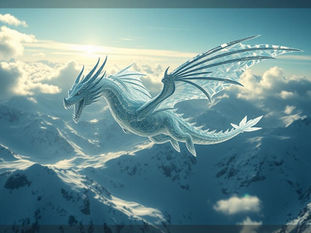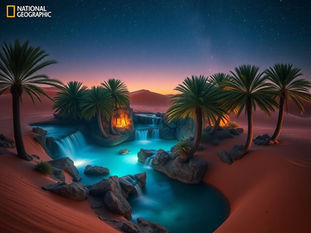

Midjourney helps you create amazing images from text. It is a powerful tool. But getting the exact picture you imagine can need some effort. This guide shares simple tips to help you get better results with your Midjourney prompts. We will look at how to structure your ideas and use settings effectively.
Start with Clear Ideas
Good images start with good ideas. Before you type your prompt, think about what you want to see. What is the main subject? What mood do you want? Being clear in your mind helps you write a better prompt.
Be Specific, But Not Too Detailed
Start with the main subject. For example, "a red car" instead of just "car."
Add important details that change the scene. "A red car driving on a rainy street at night."
Avoid putting too many unrelated details in one prompt. Keep it focused on the main idea.
Using Settings Wisely
Midjourney has settings that change how your image looks. Using these settings, also called parameters, can fine-tune your vision. They help you get the right shape, style, and quality.
Aspect Ratios for Your View
Use `--ar` to set the image width and height. For example, `--ar 16:9` for wide screen or `--ar 2:3` for portrait.
Choose a ratio that fits what you are trying to show. A wide landscape looks good with a wide ratio. A tall building might need a portrait ratio.
Controlling Style and Chaos
The `--s` (style) setting affects how artistic or realistic your image appears. Higher numbers often mean more artistic flair.
The `--c` (chaos) setting changes how varied the images in your grid are. A higher chaos means more different results, while a lower chaos keeps them more similar.
Play with these settings to see how they change the image feel. Small changes can make a big difference.
Quality Matters
The `--q` (quality) setting affects how much time Midjourney spends making your image. Higher quality settings often take longer but can give more detailed results. For important images, use a higher quality. For quick tests, a lower quality is fine.
Managing many prompts and different settings can be time-consuming. Imagine if you could control all of this easily. The Midjourney Automation Suite from TitanXT can help. It simplifies running many prompts and keeping track of your work. Explore how it can help you at TitanXT's Midjourney Automator.
Iteration Is Key
You will not always get the perfect image on the first try. That is normal. Midjourney works best when you try, learn, and try again. This process is called iteration.
Learn from Each Image
Look at the images Midjourney makes. What do you like? What do you not like?
Use this feedback to change your next prompt. If a color is off, add a specific color to the next prompt.
Small Changes, Big Impact
Often, tiny changes to your prompt can have a large effect. Change one word, add a minus sign before a word to remove it, or adjust a number setting. These small tweaks add up to big improvements over time.
Getting Consistent Styles
If you want to create a series of images that match in style, there are ways to guide Midjourney. This is helpful for projects or building a portfolio.
Use Reference Images
You can give Midjourney an image URL at the start of your prompt. This tells the AI to consider that image's style or content when making new ones. It is a good way to keep a consistent look across many images.
Develop Your Personal Style
As you use Midjourney more, you will find certain prompts or settings that give you results you love. Write these down. Create your "personal recipe" for your unique image style.
To keep all your image generation projects neat and easy to manage, consider a tool that handles the organization for you. The Midjourney Automation Suite by TitanXT helps keep your prompts, settings, and output organized, making your creative process smoother. Check it out here: Learn more about automation.
Organizing Your Work
When you create many images, it is important to stay organized. This helps you find old prompts, reuse good ideas, and track your progress.
Keep Track of Prompts
Use a simple document or spreadsheet to save your prompts and the results they made.
Note down the exact prompt, settings, and what you liked or disliked about the output.
Manage Your Outputs
Save your favorite images in folders. Give them clear names. This makes it easy to find them later and see your creative journey.
By applying these simple steps, you can get much better at using Midjourney. It is all about clear communication with the AI and learning from each image you make. Want to make your Midjourney workflow even more efficient? Discover how the Midjourney Automation Suite from TitanXT can help automate your image generation tasks and boost your creativity.






